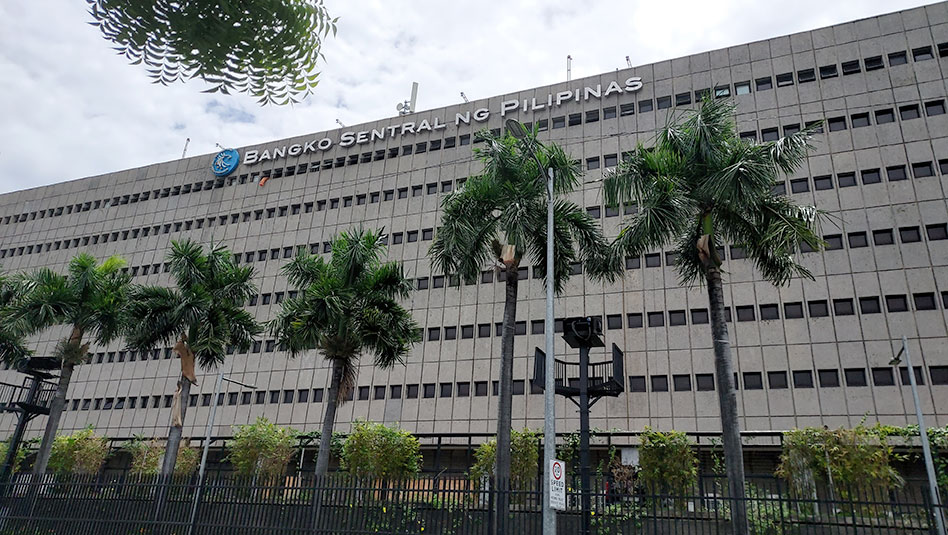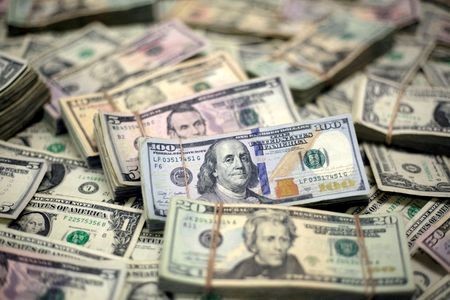

INSIGHTS 

INVESTMENT STRATEGY
THE BASICS
DOWNLOADS 

 DOWNLOAD
DOWNLOAD

 DOWNLOAD
DOWNLOAD

 DOWNLOAD
View all Reports
DOWNLOAD
View all Reports


Economic Updates
Philippines Trade Update: Trade deficit narrows but not a sign of strength
 DOWNLOAD
DOWNLOAD

Economic Updates
Policy Rate Updates: BSP takes on less dovish tone
 DOWNLOAD
DOWNLOAD

Economic Updates
Quarterly Economic Growth Release: Stronger case for a BSP cut in August
 DOWNLOAD
DOWNLOAD
Follow us on our platforms.


TOP SEARCHES
Rates & Bonds
4 MIN READ
US yields modestly higher as soft landing view rises

This article originally appeared on reuters.com





 By Reuters
By Reuters